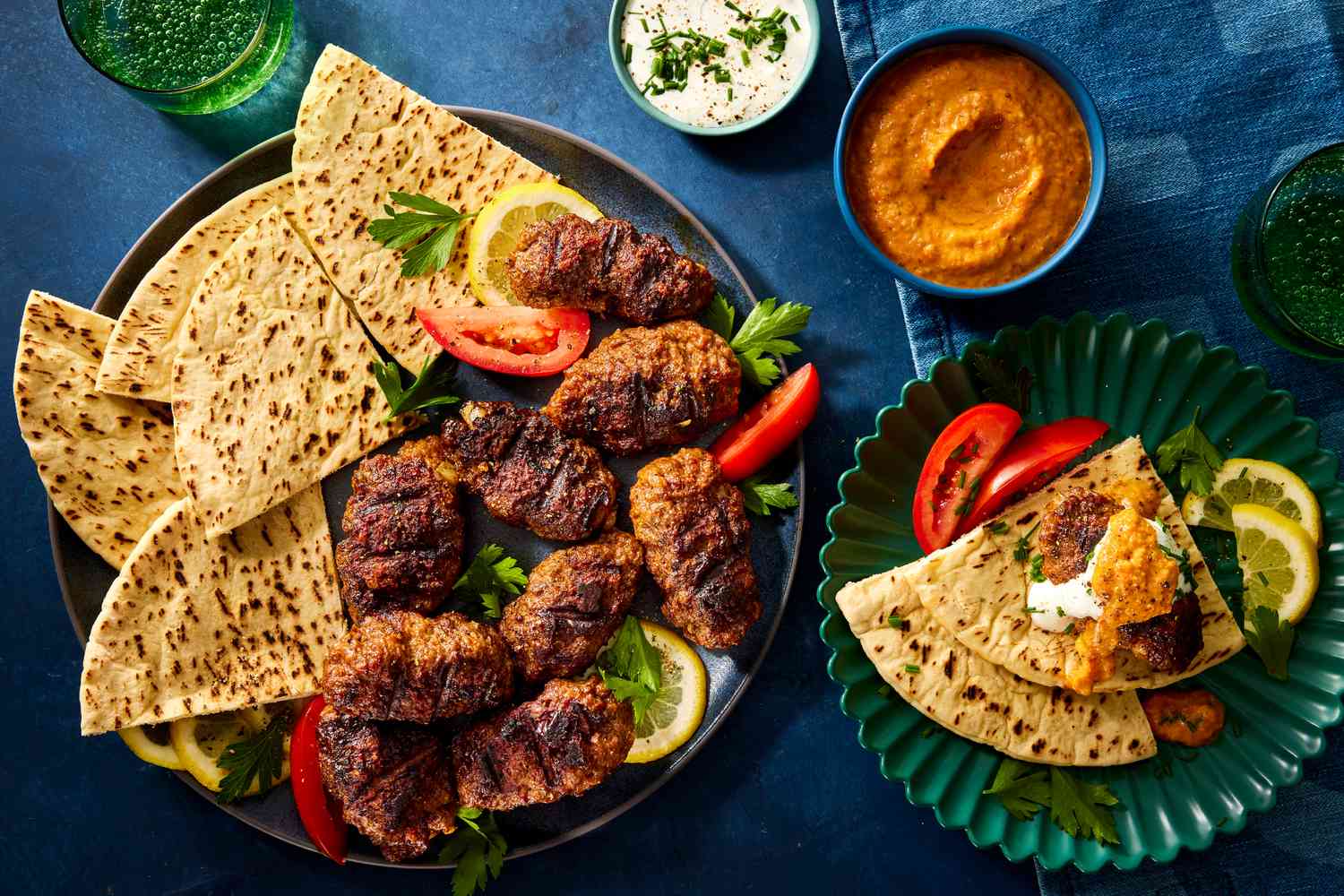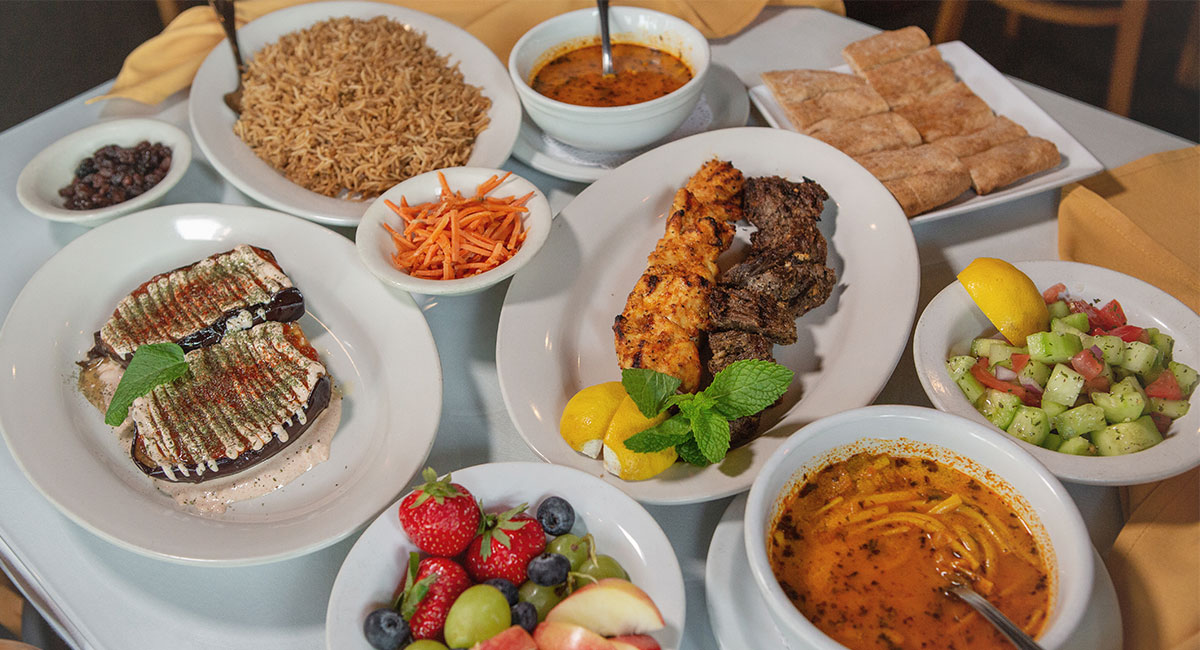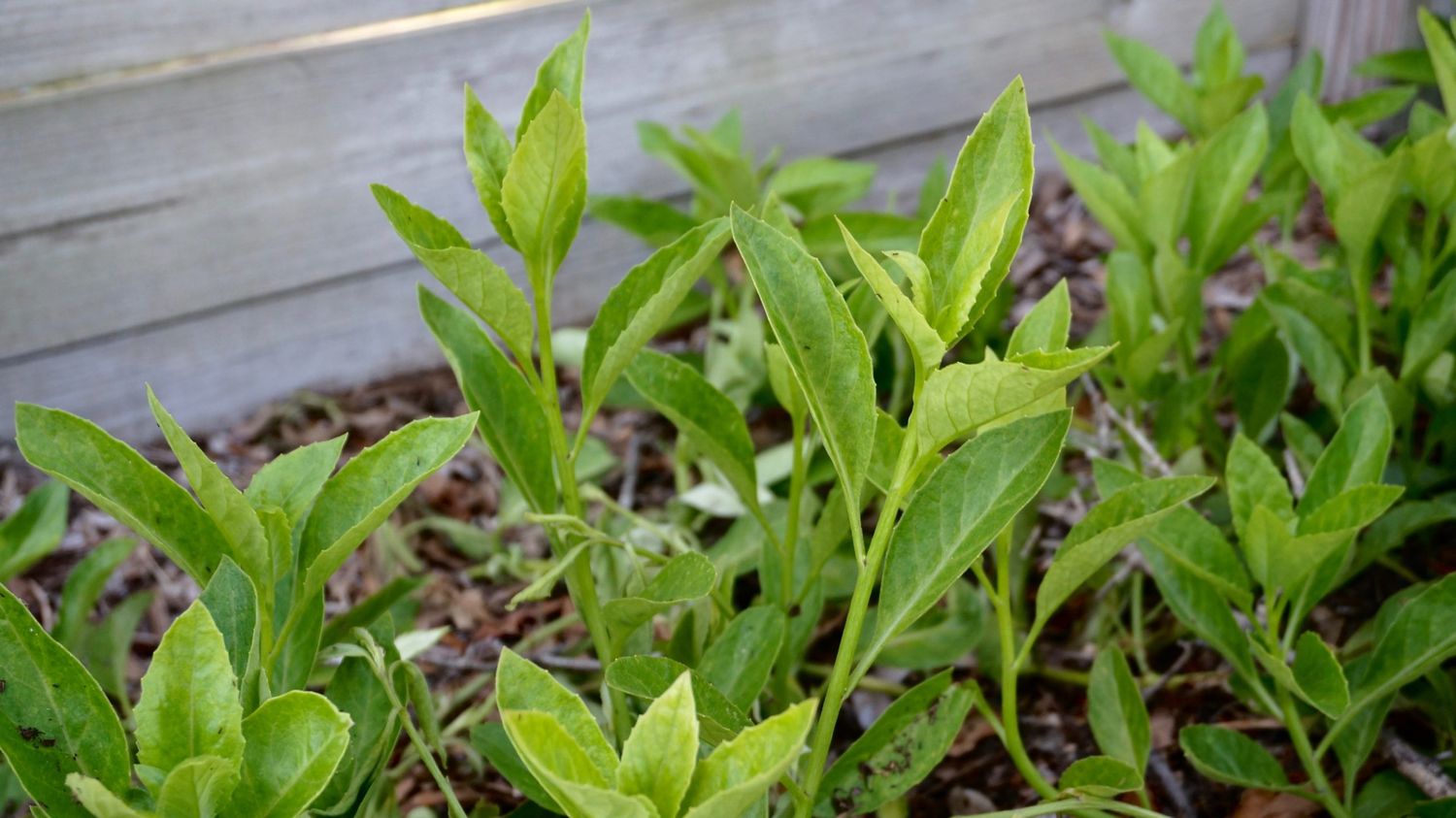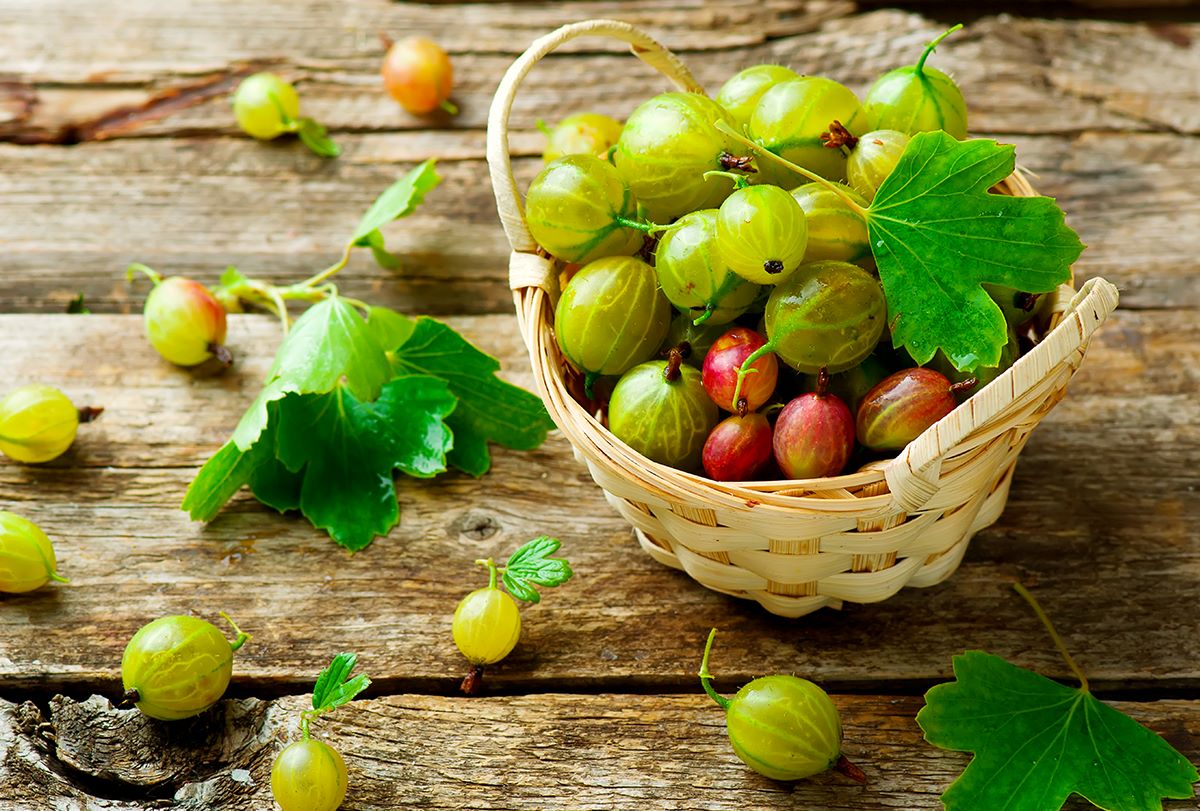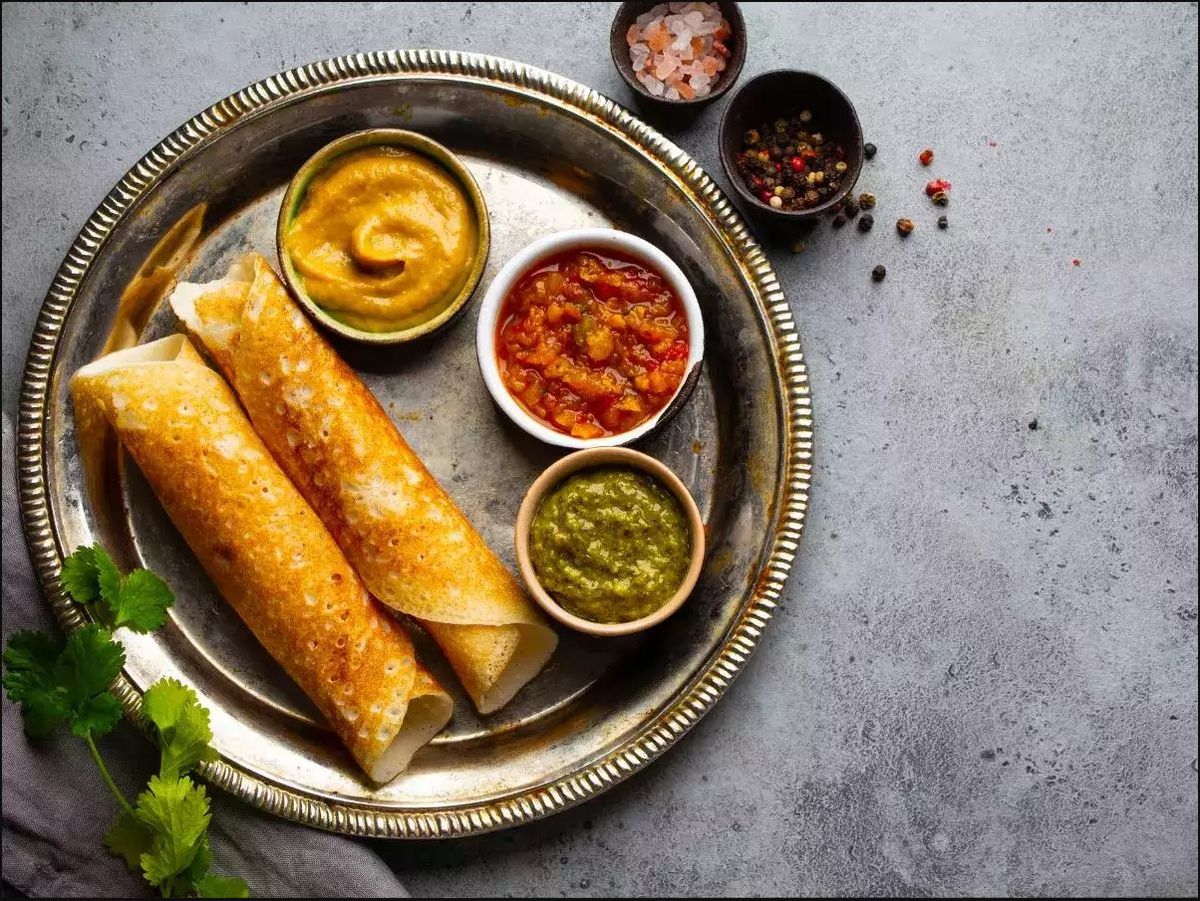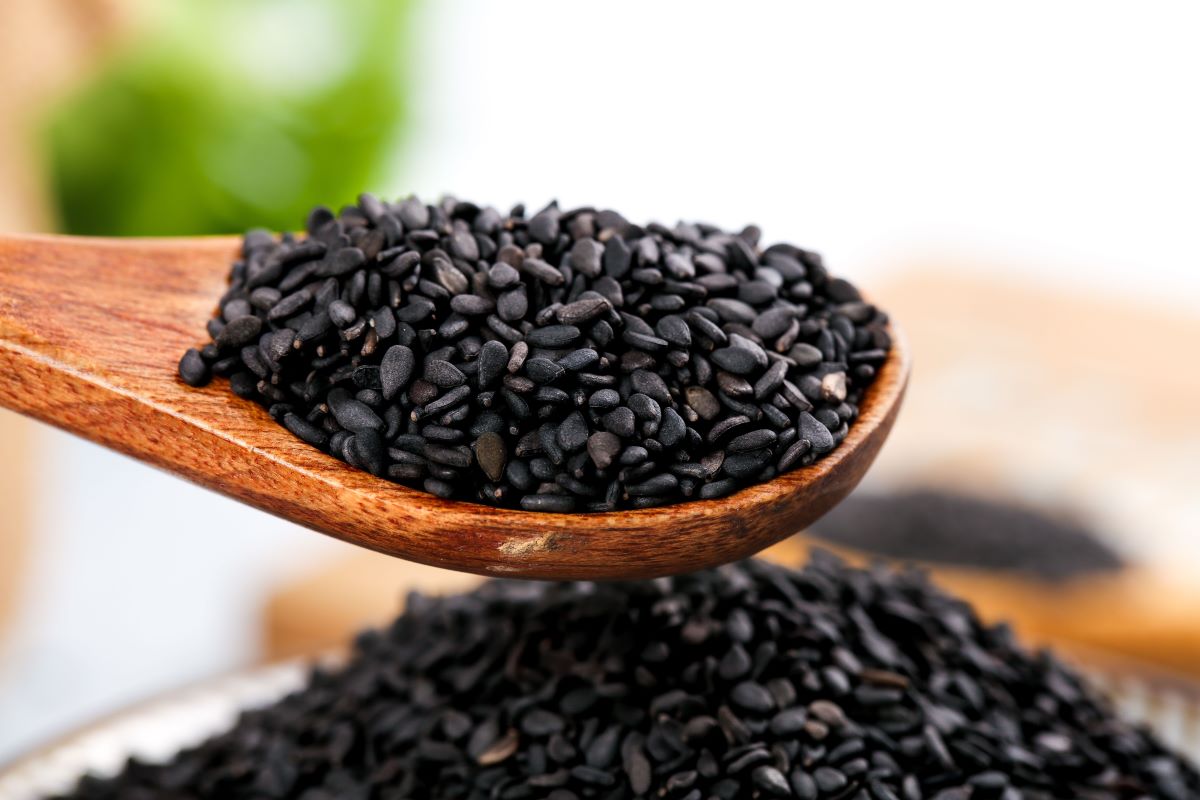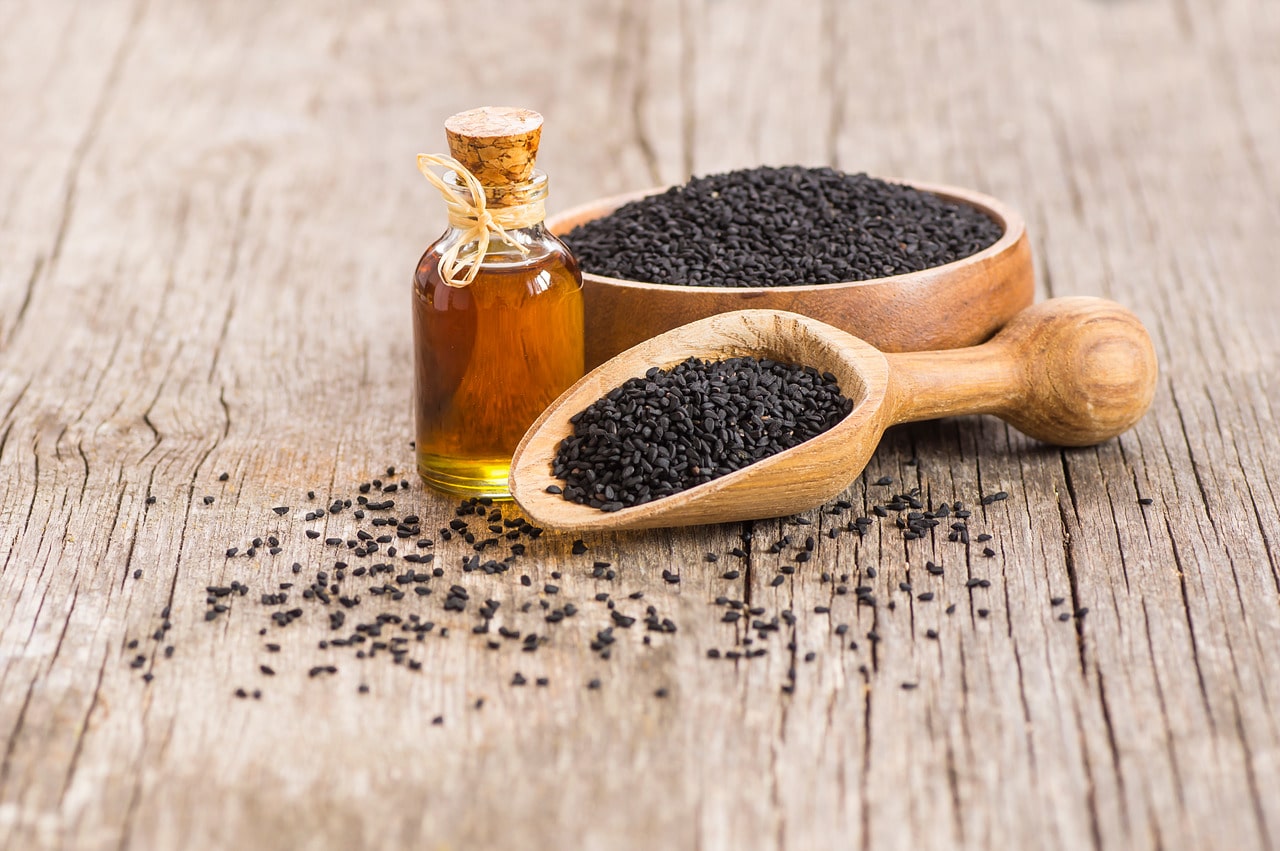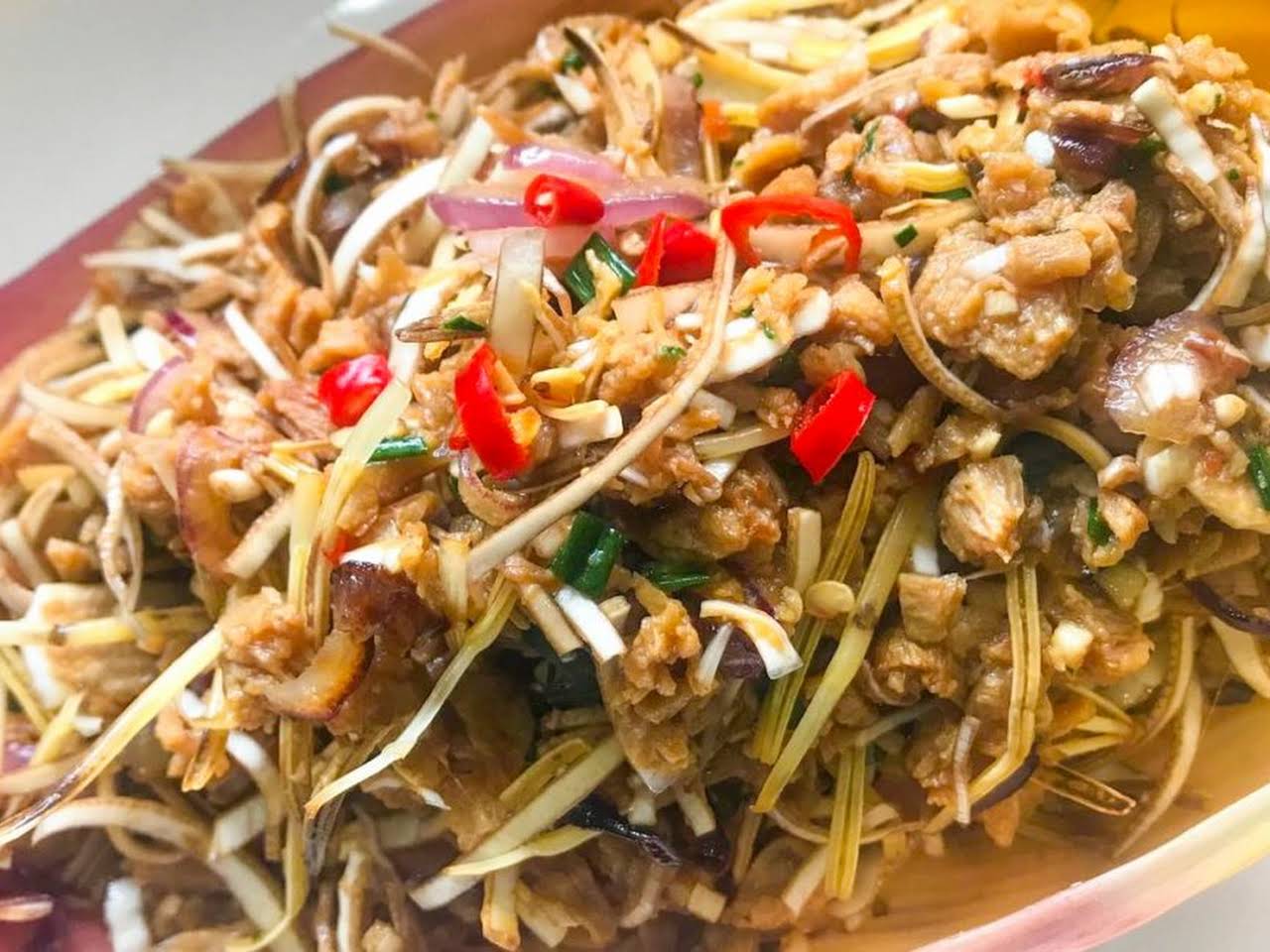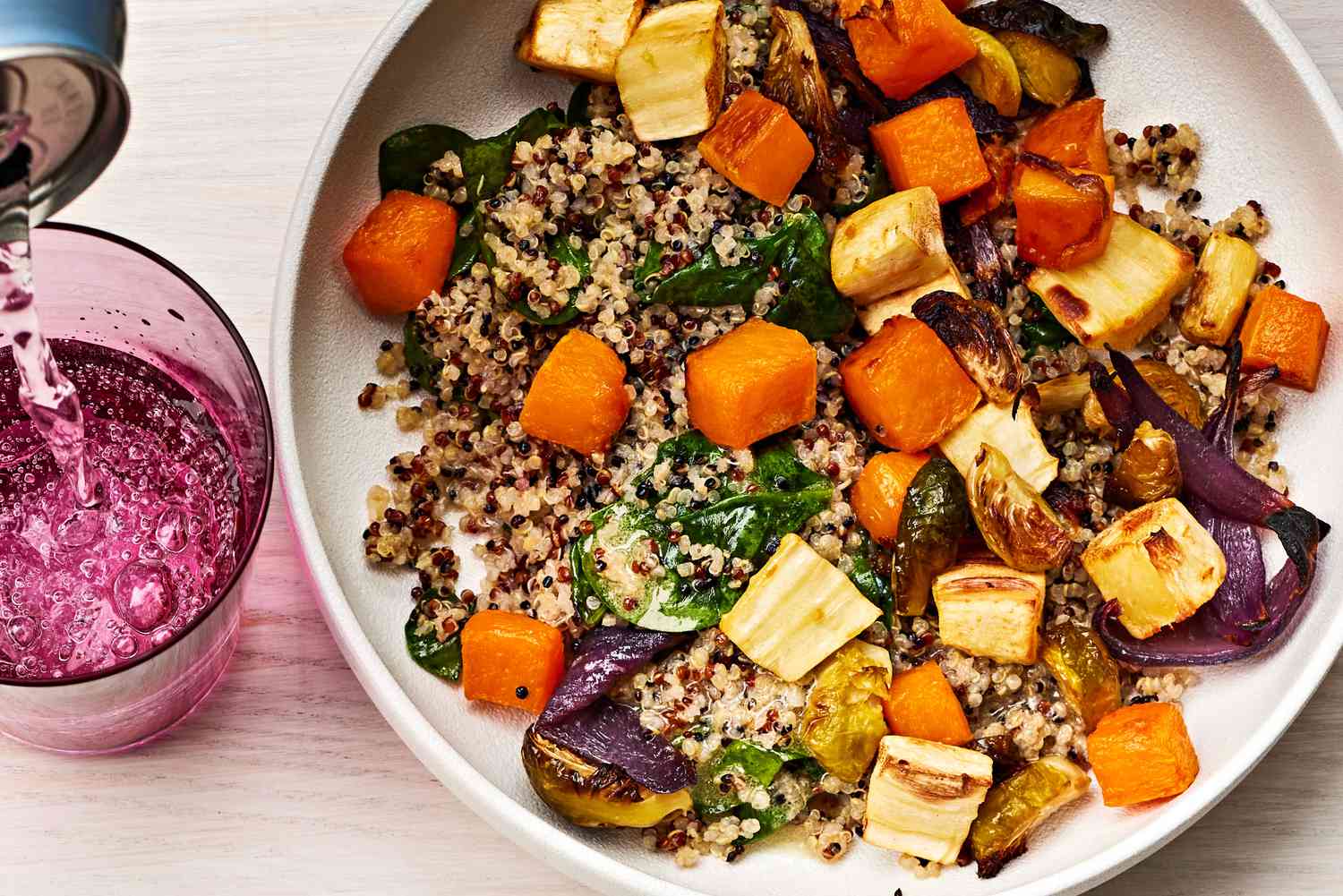What is Kajmak?
Kajmak is a delicious dairy product that originated in the Balkan region. It is made by simmering milk until it thickens, and then it is cooled and fermented. The result is a creamy, spreadable cheese with a rich, tangy flavor.
Ways to Enjoy Kajmak
There are many delicious ways to enjoy kajmak. Here are some ideas to get you started:
- Spread it on fresh bread or toast for a simple and satisfying snack.
- Use it as a topping for grilled meats or vegetables to add a creamy, indulgent touch to your meal.
- Pair it with fresh fruits and nuts for a delightful and unexpected flavor combination.
- Include it in your favorite sandwich or wrap for a creamy and flavorful addition.
Recipes Featuring Kajmak
If you’re feeling adventurous, you can incorporate kajmak into your cooking with these delicious recipes:
- Kajmak Stuffed Peppers: Mix kajmak with herbs and spices, then stuff it into halved peppers and bake until golden and bubbly.
- Kajmak and Mushroom Pasta: Toss cooked pasta with sautéed mushrooms and a dollop of kajmak for a creamy and satisfying pasta dish.
- Kajmak and Spinach Stuffed Chicken: Stuff chicken breasts with a mixture of kajmak and sautéed spinach, then bake until the chicken is cooked through and the filling is melty and delicious.
Pairing Kajmak with Beverages
When it comes to beverages, kajmak pairs well with a variety of options. Here are some ideas to consider:
- Pair it with a glass of crisp white wine for a refreshing and indulgent treat.
- Enjoy it with a cold beer to balance the richness of the kajmak with the crispness of the beer.
- Try it with a cup of strong, black coffee for a bold and satisfying flavor combination.
Final Thoughts
Kajmak is a versatile and delicious dairy product that can be enjoyed in a variety of ways. Whether you spread it on bread, incorporate it into your cooking, or pair it with your favorite beverages, kajmak is sure to delight your taste buds and add a touch of indulgence to your meals. So go ahead, give kajmak a try and discover the many ways to enjoy this delightful dairy treat!
